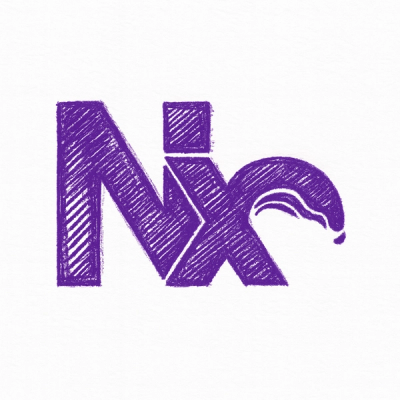
Research
Malicious npm Packages Impersonate Flashbots SDKs, Targeting Ethereum Wallet Credentials
Four npm packages disguised as cryptographic tools steal developer credentials and send them to attacker-controlled Telegram infrastructure.
bingmaps-api
Advanced tools
[!CAUTION] The following notice must be thoroughly read and understood before using this package.
This repository was made for education purposes, and follows the guidelines outlined in the Bing Maps API Documentation. I, the author of this repository, am not affiliated with Microsoft in any way, shape, or form. I do not own the Bing Maps API, nor do I claim to. I am not responsible for any damages caused by the use of this repository. Use at your own risk.
Microsoft, if you are viewing this package and would like it removed, I am here to oblige. Please contact me at redyetidev@gmail.com. Thank you.
The Bing Maps API provides a powerful set of features for working with maps, directions, places, and vector tiles. This README.md file guides you through the installation and initialization process to get started with the Bing Maps API.
To use the Bing Maps API in your project, follow these installation steps:
Install the Bing Maps API package via npm:
npm install bing-maps-api
This command installs the necessary dependencies and sets up the Bing Maps API package in your project.
Include the Bing Maps API in your project:
import BingMapsAPI from 'bing-maps-api';
Now, you can use the BingMapsAPI class to access the functionality provided by the API.
To initialize the Bing Maps API, follow these steps:
Initialize the Bing Maps API:
const bingMaps = await BingMapsAPI.instantiate();
If you would like to use your own Bing Maps API key, you can pass it to the instantiate method:
const bingMaps = await BingMapsAPI.instantiate("OPTIONAL_API_KEY");
[!TIP] There is no difference between using your own API key and not using an API key. I suggest using your own API key if you plan on using the Bing Maps API in a commercial application, as supporting Microsoft by using their API key is a nice gesture.
Start Using the API:
Now that the Bing Maps API is initialized, you can start using its features. For example, you can work with maps, calculate directions, retrieve place information, and access vector tiles.
// Example: Get a route between two waypoints
const directions = bingMaps.Directions;
const route = await directions.fromWaypoints(['47.6062100,-122.3320700', '45.523064,122.676483'], 'driving');
// Example: Get information about a place
const place = await bingMaps.Place.fromQuery('Space Needle, 400 Broad St, Seattle, WA, United States');
console.log(`Place Name: ${place.name}`); // The Space Needle!
Explore API Documentation:
For detailed information about the available classes, methods, and properties, refer to the API.md file included with this package.
Now you are ready to explore and integrate the Bing Maps API into your project. Happy hacking mapping!
[!IMPORTANT] This package is licensed under the MIT License.
FAQs
A Node.js wrapper for the Bing Maps API
The npm package bingmaps-api receives a total of 4 weekly downloads. As such, bingmaps-api popularity was classified as not popular.
We found that bingmaps-api demonstrated a not healthy version release cadence and project activity because the last version was released a year ago. It has 1 open source maintainer collaborating on the project.
Did you know?

Socket for GitHub automatically highlights issues in each pull request and monitors the health of all your open source dependencies. Discover the contents of your packages and block harmful activity before you install or update your dependencies.

Research
Four npm packages disguised as cryptographic tools steal developer credentials and send them to attacker-controlled Telegram infrastructure.

Security News
Ruby maintainers from Bundler and rbenv teams are building rv to bring Python uv's speed and unified tooling approach to Ruby development.

Security News
Following last week’s supply chain attack, Nx published findings on the GitHub Actions exploit and moved npm publishing to Trusted Publishers.